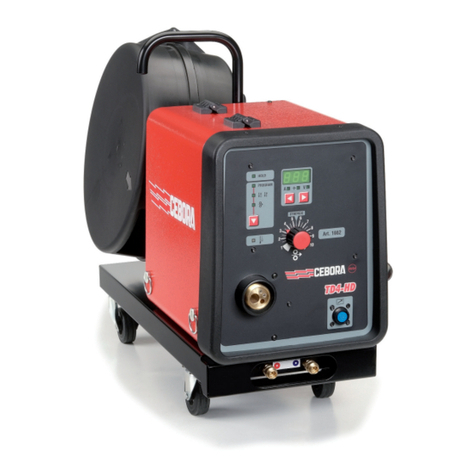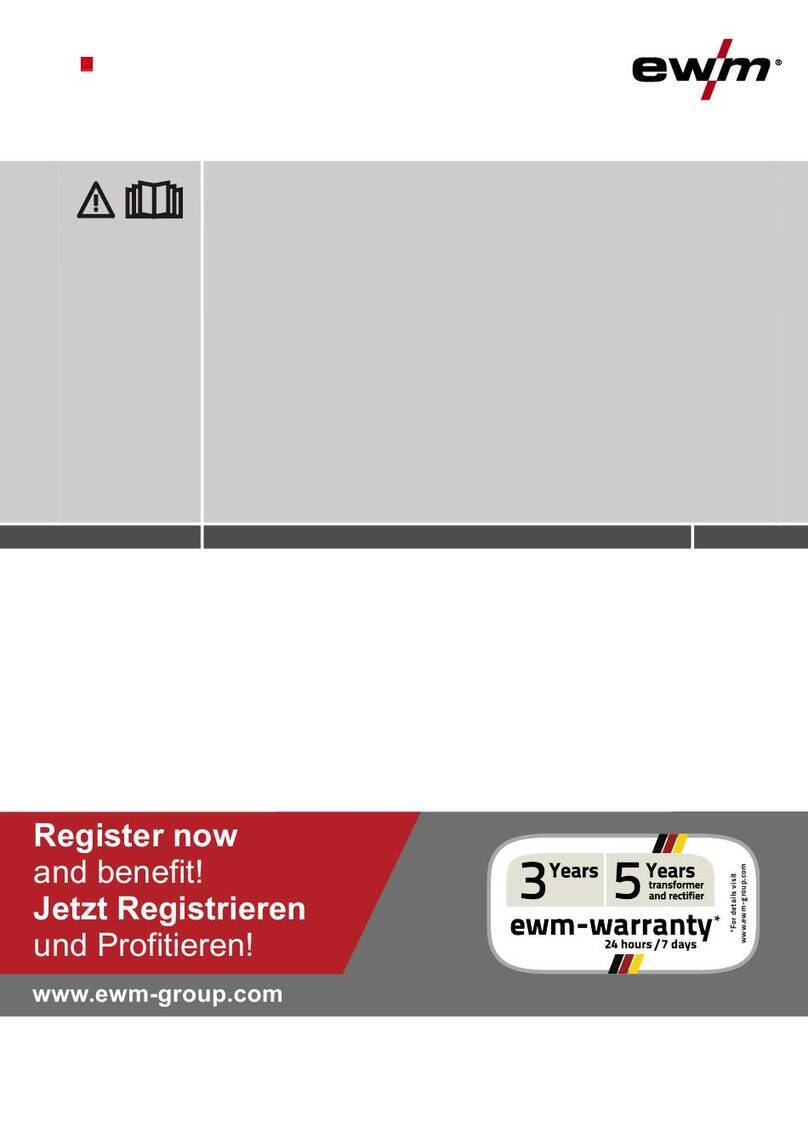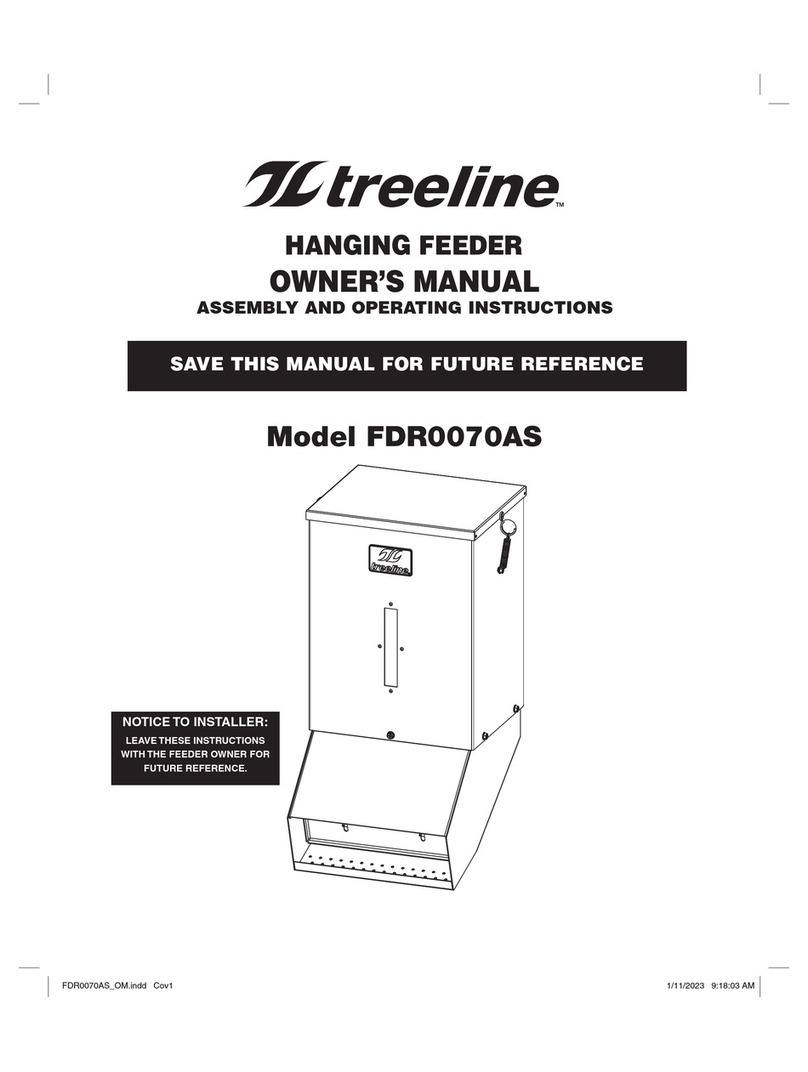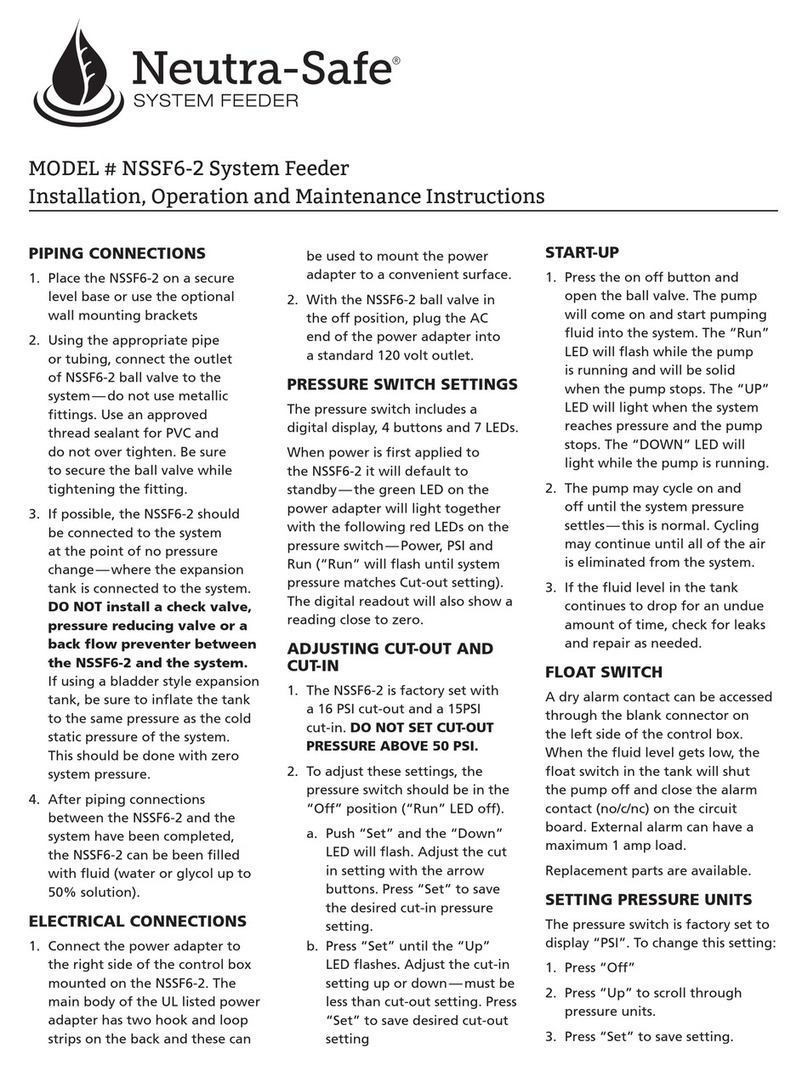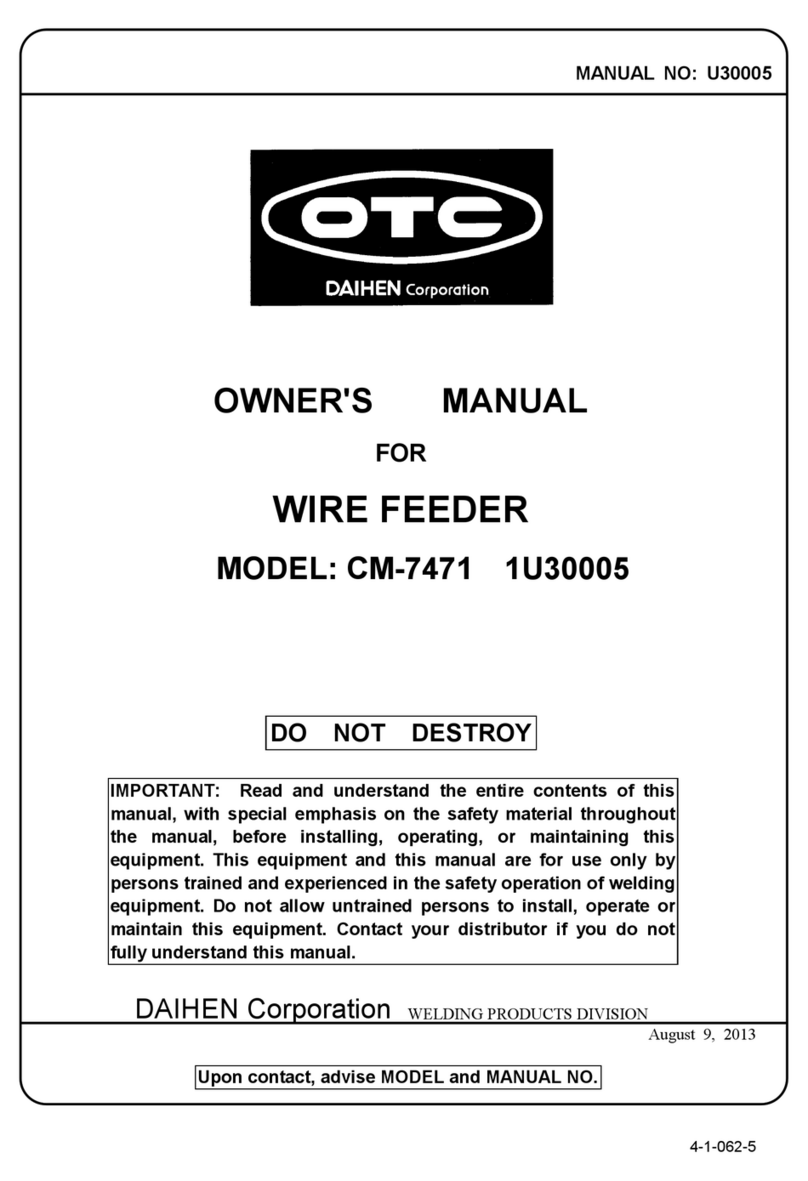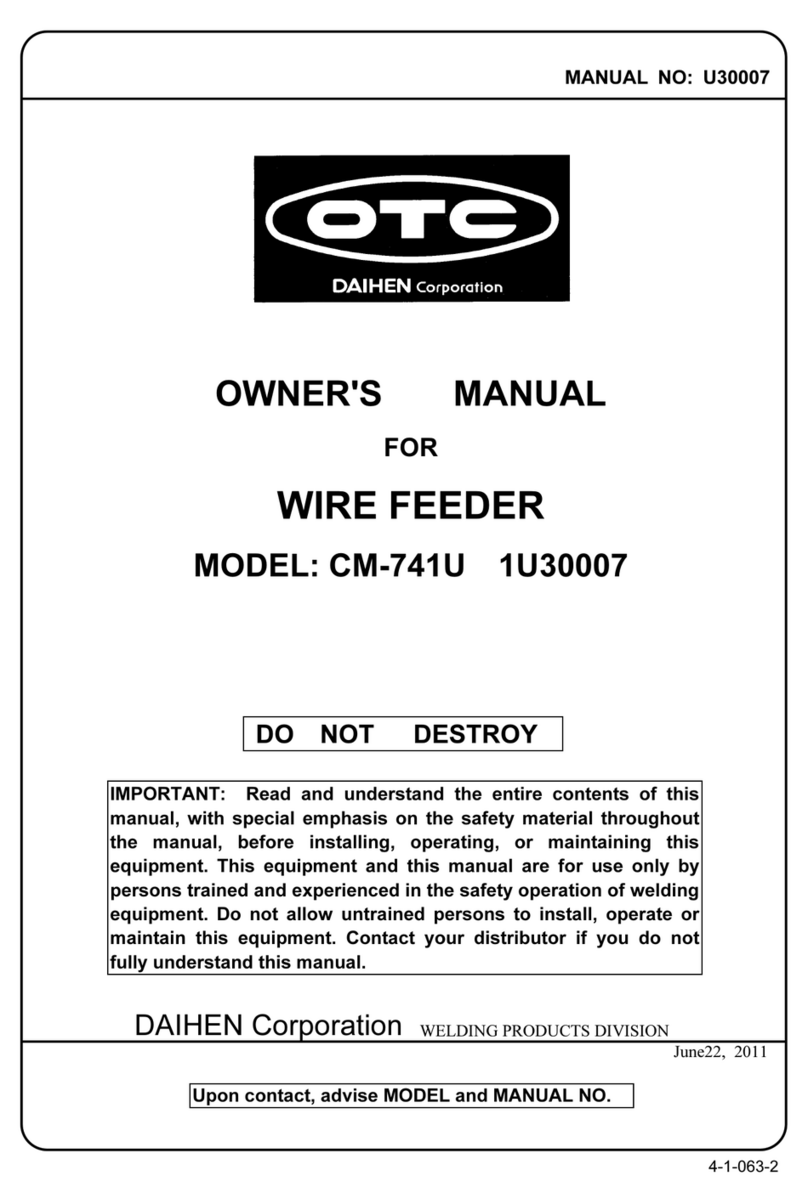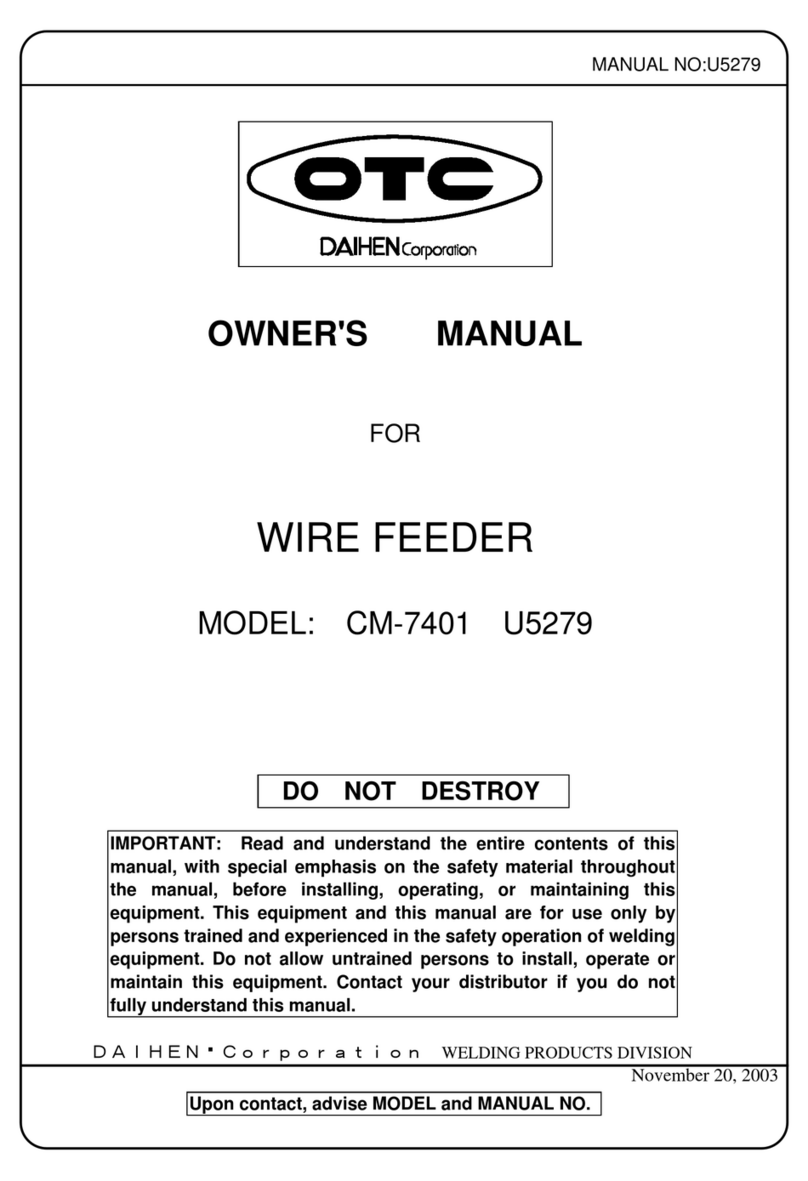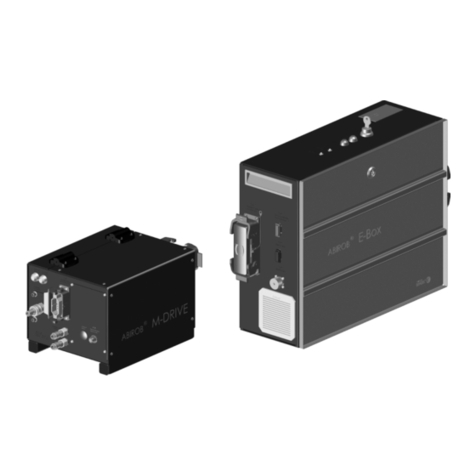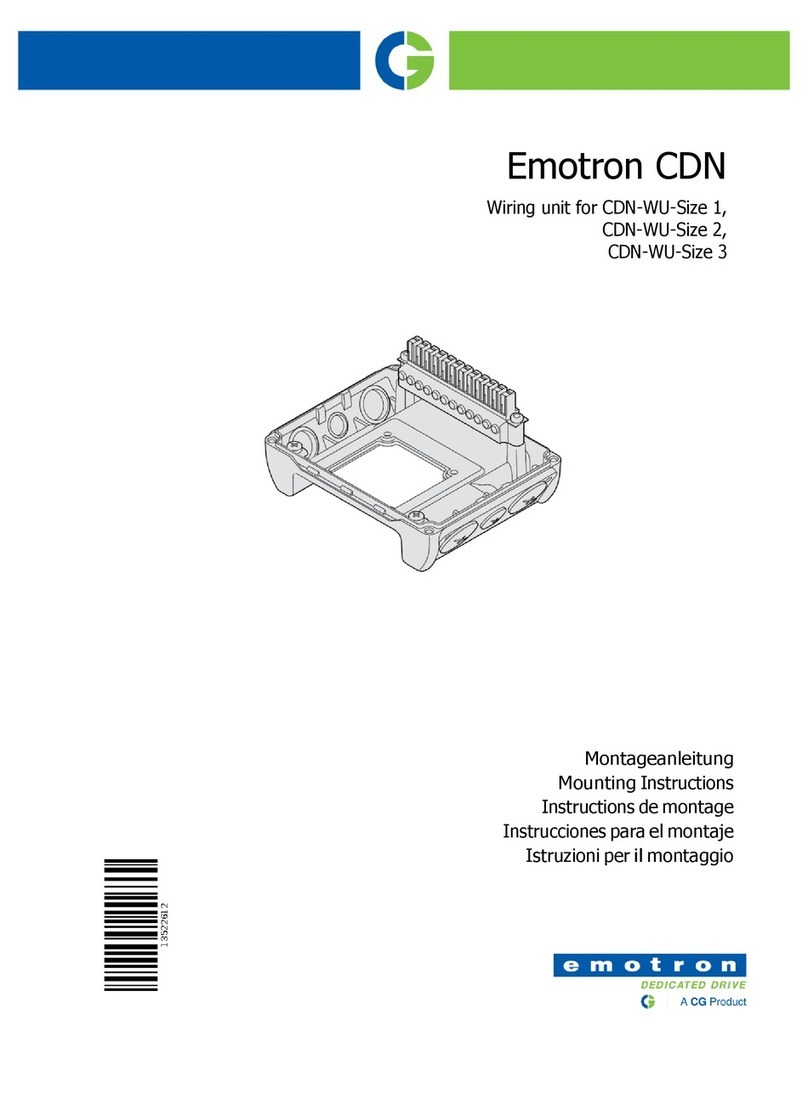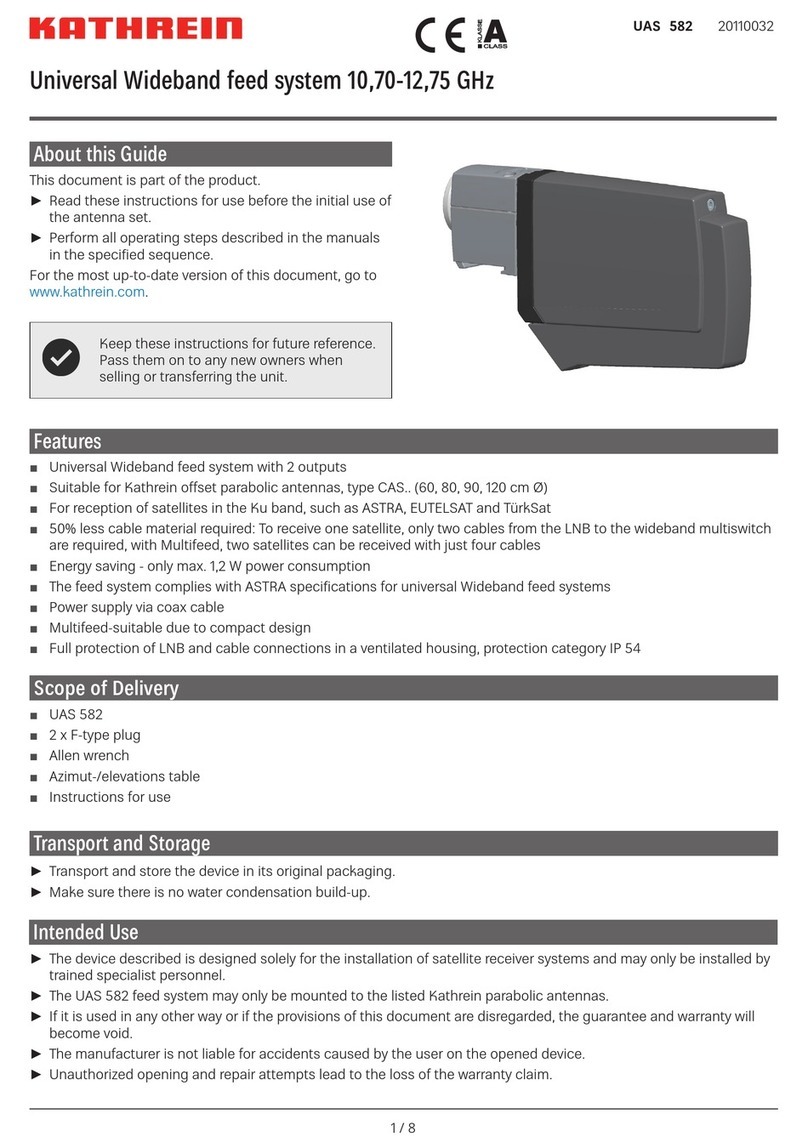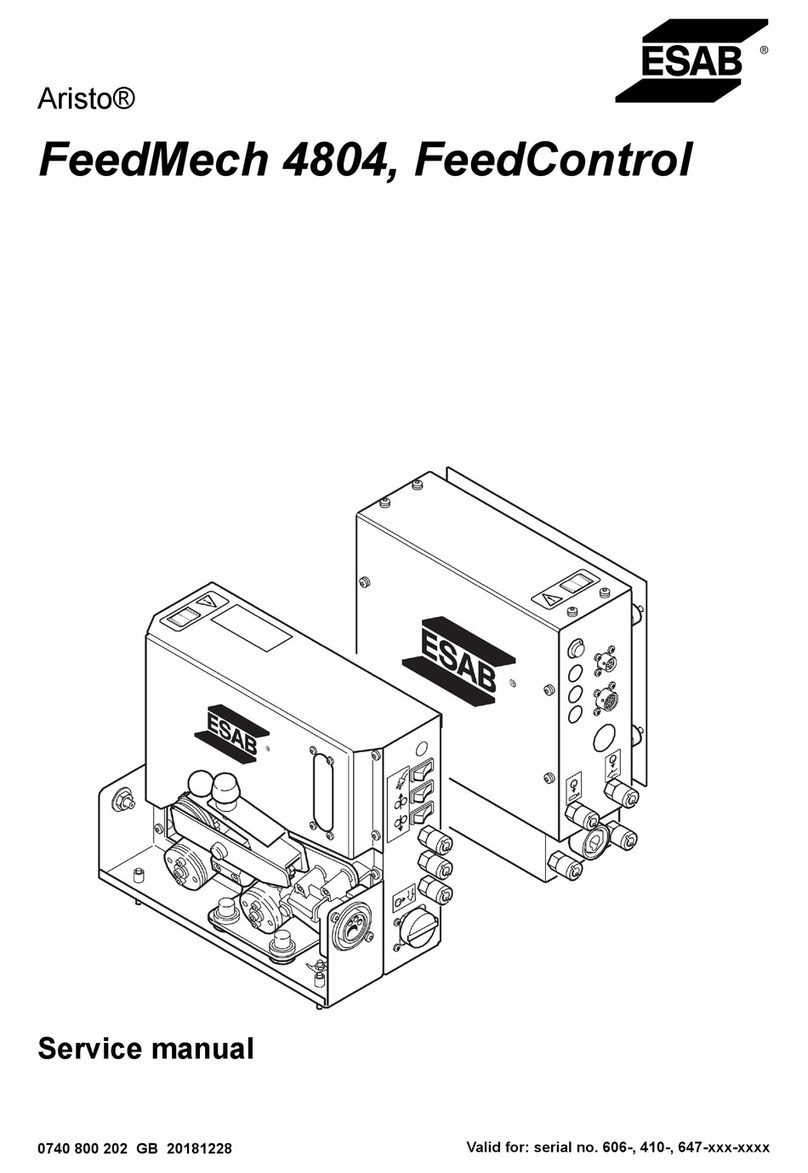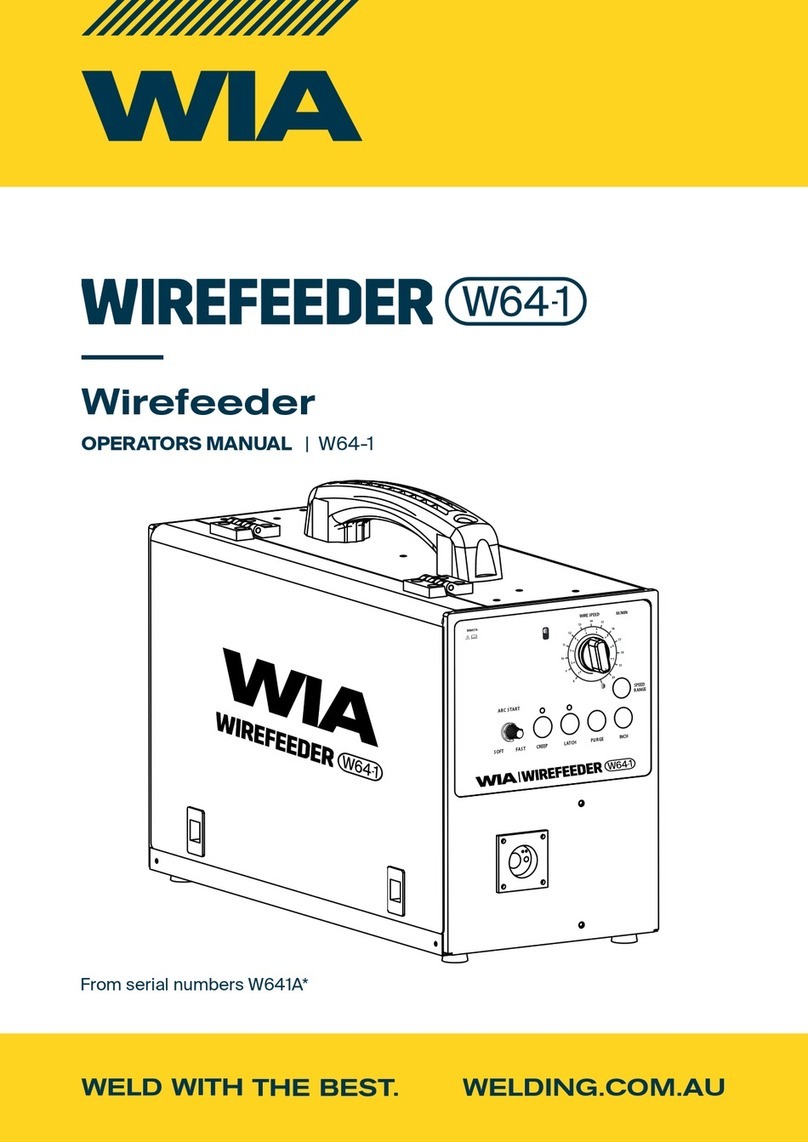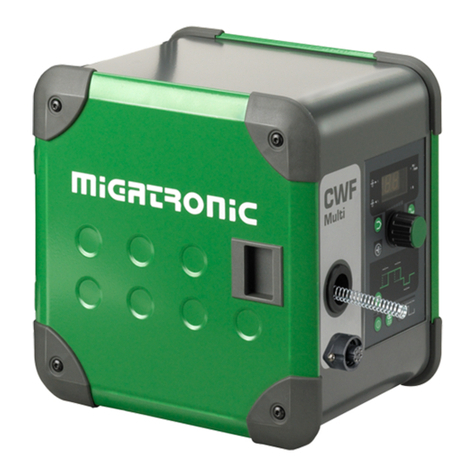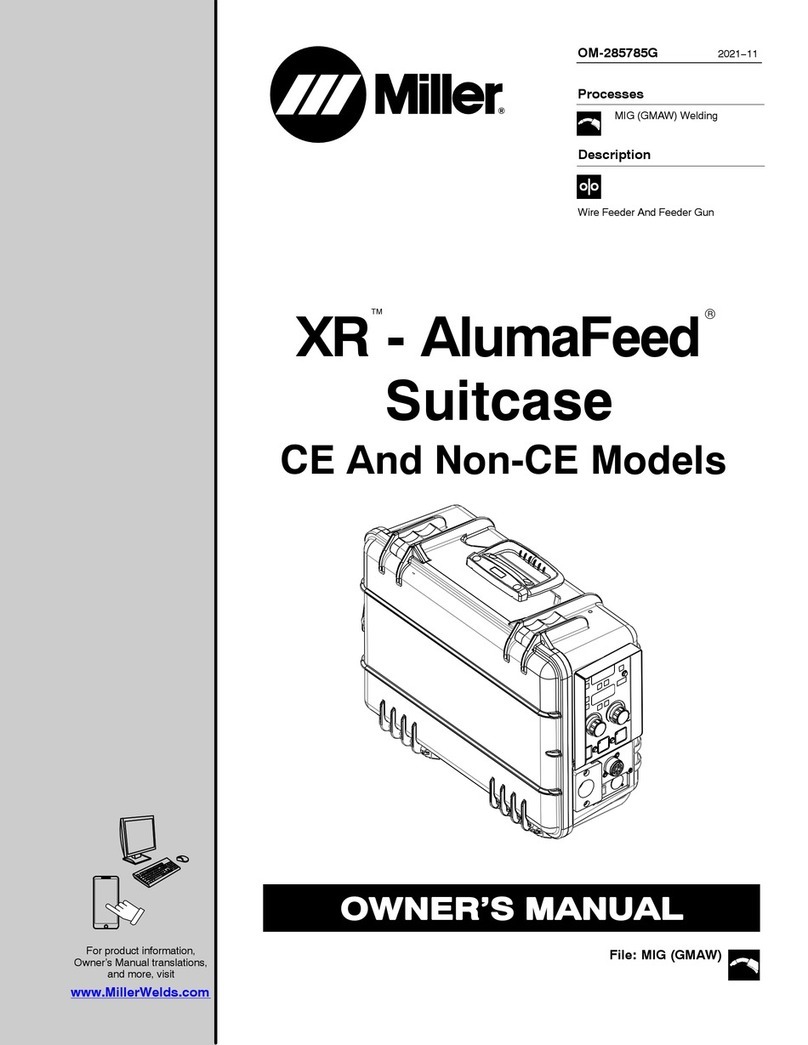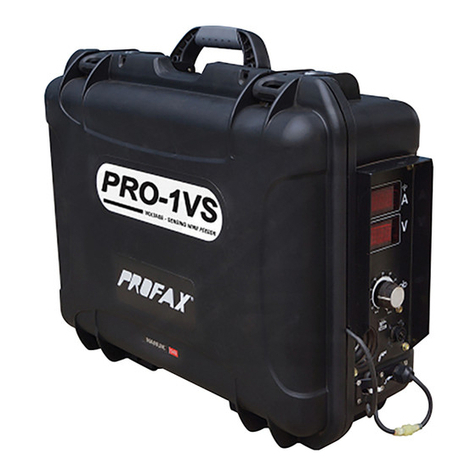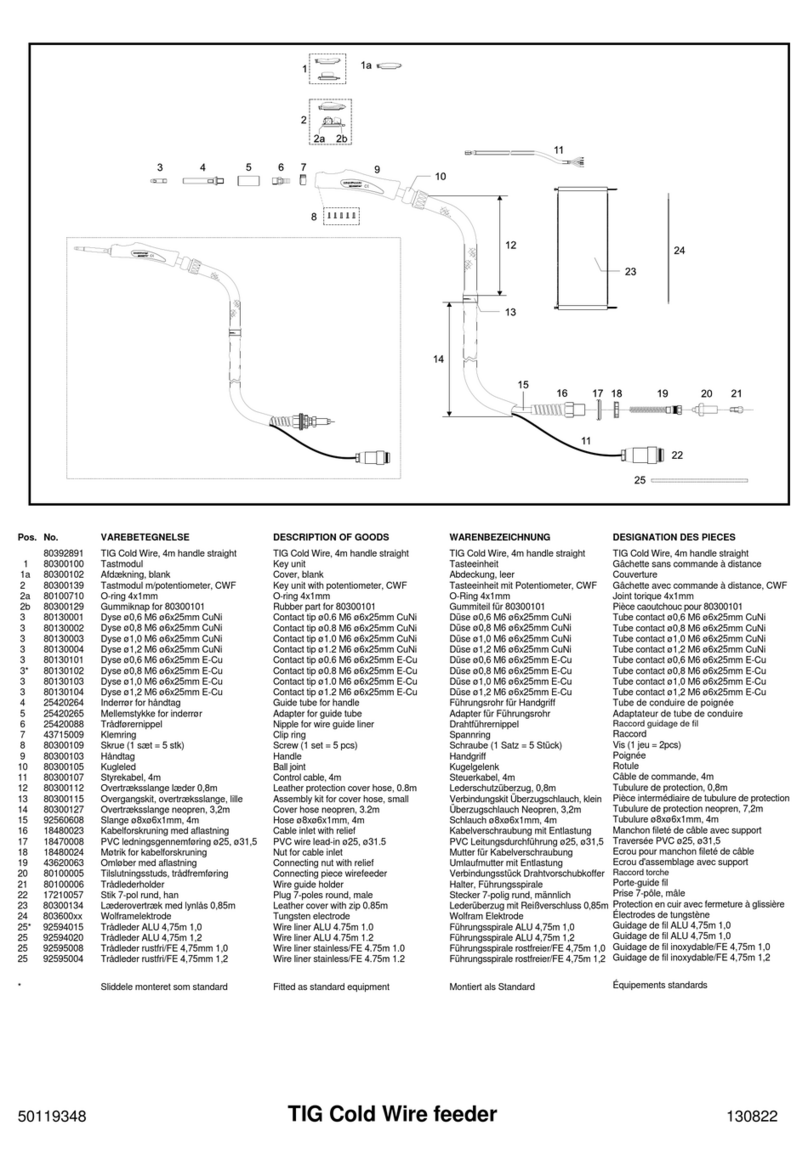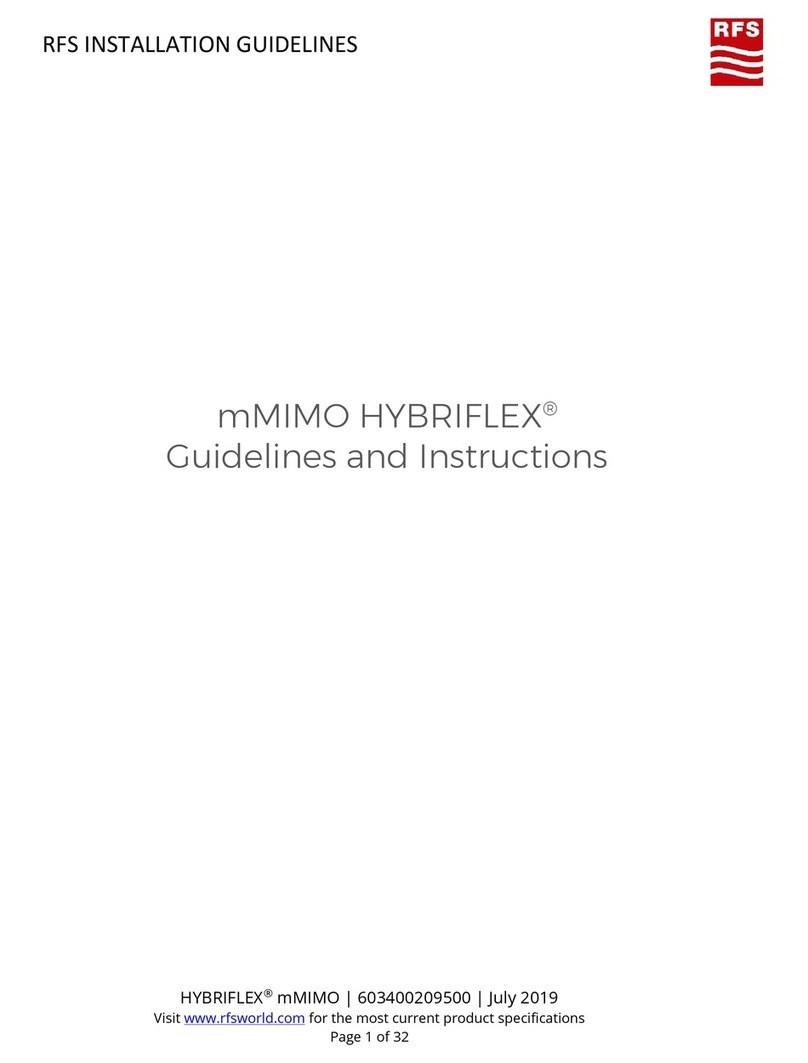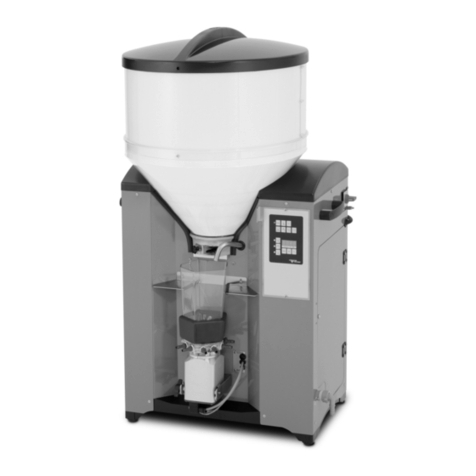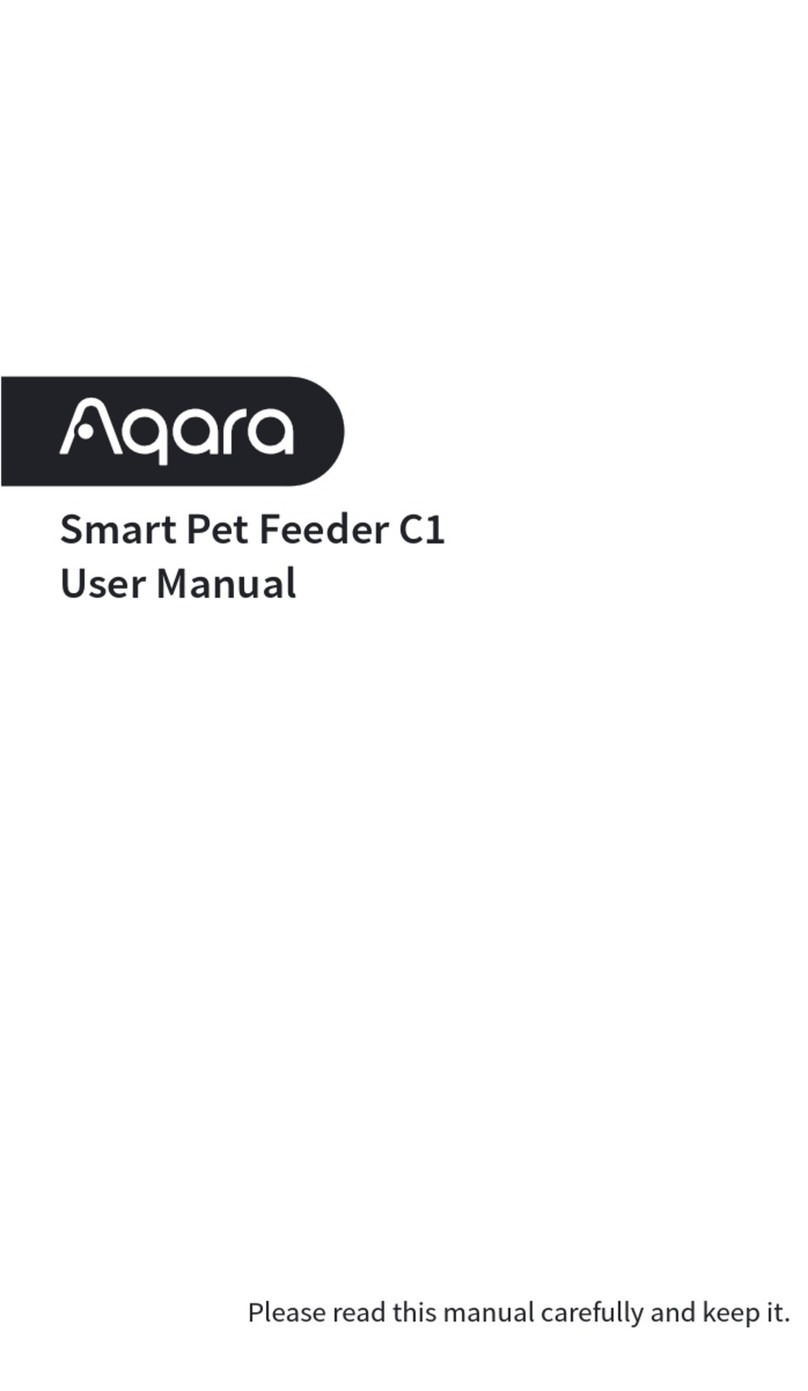
ARC WELDING SAFETY PRECAUTIONS (Continued)
~WARNING
-
1-
F_U_M_E_S_ A_N_D_ G_A_S_E_S_ c_a_n_b_e_h_a_z_a_r_d_o_u_s_to_ y_o_u_r_h_e_a_lt
_h_.
-~
~
Arc
welding produce fumes and gases. Breathing these fumes and gasescan
be hazardous to
your
health.
• Keepyour head
out
of
the fumes. Do not breathethe fumes.
• Ventilate the area and/or use exhaust
at
the
arc
to
remove welding fumes and
gases.
•
If
ventilation is poor, use an approved air-supplied respirator.
• Read the Material Safety Data Sheets (MSDS) and the manufacturer's instructions
on metals, consumables, coatings, and cleaners.
•
Do
notweld or cut in locations neardegreasing, cleaning, orspraying operations.
The
heatand arc rays can reactwith vapors to form highlytoxicand irritating gases.
•
Work
in a confined spaceonly ifitis well ventilated,
or
while wearing an air-supplied
respirator. Shielding gases used for welding can displace
air
causing injury
or
death. Besurethe breathing airis safe.
CY
LINDER can explode
if
damaged.
A shielding gas cylinder contains high-pressure gas. If damaged, a cylinder
can explode.
Since gas cylinders are normally part
of
the welding process, be sure to treat
them carefully.
• Useonly correct shielding gas cylinders, gas regulator, hoses, and fittings designed
for
the specific application; maintain them in good condition.
•
Pr
otectcompressed gas cylinders from excessive heat, mechanical shock, and
arcs.
• Keepthe cylinder uprightand securely chained to a stationary support
or
a rack to
prevent falling ortipping.
• Keep cylinders awayfrom any welding orotherelectrical circuit.
• Nevertouch cylinder with welding electrode.
• Read and follow instructions on compressed gas cylinders, associated equipment,
and the CGA publication P-1 listed in PRINCIPAL SAFETY STANDARDS.
•Turn face awayfrom valve outletwhen opening cylinder valve.
• Keep protective cap in place
over
valve exceptwhen gas cylinder is in
use
or
connected foruse.
•
Do
notdisassemble or repairthe gas regulator exceptfor the person authorized by
the manufacturer
of
them.
- 5 -
